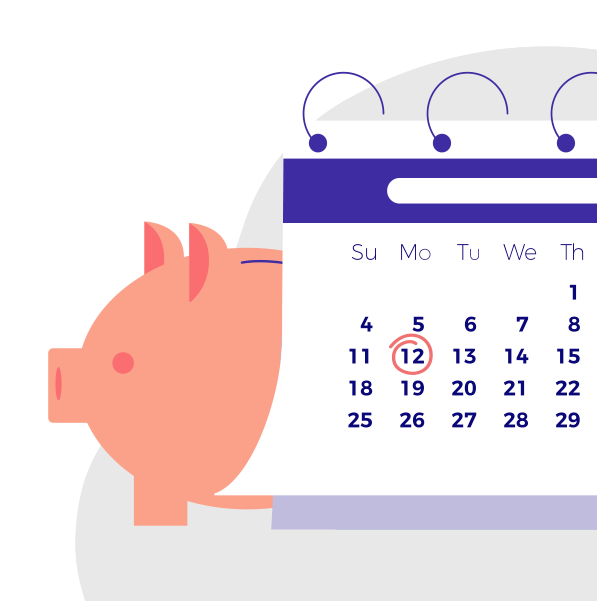In recent years, it’s become popular for individuals to sell their life insurance policy for a lump sum, referred to as a life settlement. Oftentimes, the terms life settlement and reverse life insurance are used interchangeably however, it’s important to know that these are two different things. Our guide breaks down everything you need to know about the different ways to reverse your life insurance.
What is reverse life insurance?
Reverse life insurance is an overarching term used to describe all of the different ways you can pull money out of your life insurance policy.
While a life insurance settlement is one way to reverse your life insurance, it is not the only option.

What are the different types of reverse life insurance?
Surrendering your policy
By surrendering or canceling your policy, you receive the cash value accrued minus the surrender fee charged by the insurance company. With this option, you give up the death benefit completely, which means your beneficiaries will not receive any funds upon your death.

This is often not the ideal option. There are many risks involved with
surrendering your life insurance policy.

Did you know?
80% of life insurance policies never pay out a death benefit. Most people lapse on, surrender, or cancel their policy because they don’t realize there are better options.
Taking a loan from your cash value
If you’ve built up a cash value in your life insurance policy, you may be able to take a loan that accrues interest. You are still required to pay the monthly premium payments and when you pass, any of the loan and interest still outstanding will be deducted from your death benefit.


Withdrawing money
Some policies allow you to withdraw cash from your policy. This works similar to how a loan does but you do not have to pay interest or pay back the amount withdrawn. Instead, your death benefit gets lowered by the amount that you take out.
Accelerating your death benefit
An accelerated death benefit allows those who meet certain requirements to cash out their death benefit while they are still living. Typically, you need to have a medical need for long-term care. You are still required to make the monthly premium payments and the money you take out will be deducted from the death benefit available to your beneficiaries.

A chronic illness rider on a life insurance policy allows you to take an accelerated death benefit. You must have a permanent condition that doesn’t allow you to perform a minimum of two of the six basic activities of daily living.

Life settlement
A life settlement involves selling your life insurance policy to a third party for a one-time lump sum. You no longer pay the monthly premium payments and your beneficiaries no longer receive the death benefit upon your death. To capitalize on a life settlement, you must be over 65 years of age and have a death benefit of at least $100,000.
*Life settlements have an average payout of 20% of the policy’s face value, which is oftentimes considerably more than you would receive with a life insurance surrender. Read more about how much your policy is worth.
Viatical settlement
Similarly, a viatical settlement involves selling your life insurance policy for cash. However, in this case, you must be diagnosed as terminally ill, usually with under two years to live.
*Viatical settlements often have the highest payouts – 50-70% of the policy’s face value

While life settlements and viatical settlements are similar, they do share some key differences.
What are the benefits of reversing your life insurance policy?
The major benefit to reversing your life insurance policy is that you are able to get cash if you need it. The money can be used for anything – retirement income, travel, daily living expenses, long-term care, gifts for loved ones, and more.
If you are looking to reverse your life insurance, consider a life or viatical settlement from PolicyBank® to reap the maximum financial benefits.
